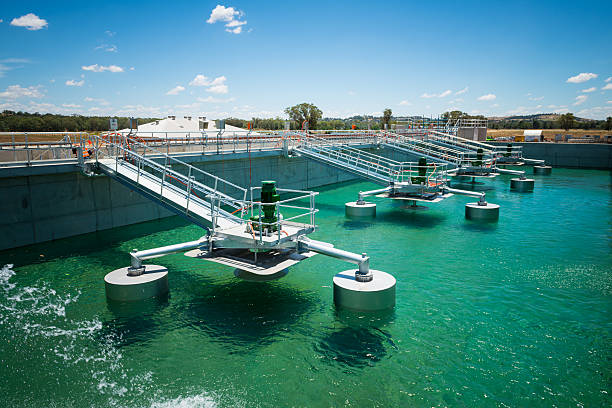Project Report For Water Filtration Plant
Introduction
Project report for Water Filtration Plant is as follows.
Water filtration is the process of removing or reducing the concentration of particulate matter from contaminated water, including suspended particles, parasites, bacteria, algae, viruses, and fungi, as well as other undesirable chemical and biological contaminants, in order to produce safe and clean water for a specific purpose, such as drinking, medical, or pharmaceutical applications. Drinking water filtration systems typically use a five-stage filtration process: sediment, mechanical, chemical, mineral, and bacterial.
Project Report Sample On
Water Filtration Plant
Get Completely Custom Bankable Project Report
Nonwoven fabrics made from continuous fibres such as melt blown, spunbond, and hydroentangled nonwovens and electrospun/centrifugal spinning nanofibre nonwovens, as well as their composite combinations comprising both microfibres and nanofibres, are widely used in microfiltration as a water filtration media, taking into account the requirements of avoiding fibre shedding in the filtration process. They serve as either standalone microfiltration media or prefilters to remove excessive contaminant content from fluids in order to preserve membrane filters.

Membrane filters in water filtration systems are extremely effective at removing submicron pollutants, but they have a relatively low filtrate holding capacity. Nanofiber nonwoven textiles are commonly utilized as virus elimination filters in membrane water filtration systems.
They serve two purposes in the composite filter structure: they serve as a separate prefilter to separate particles larger than the membrane’s rating, promoting high filtration efficiency of membrane filters, and they also provide depth filtration to the membrane, enhancing the particle holding capacities of the membrane filtration system and extending the membrane’s lifetime.
Market Potential Of Filtration Plant
Expenses

Product Cost Breakup

Reveneue Vs Expenses

Market Trend

Water Filters Market size and share are estimated to expand at a CAGR of 8.4% to reach USD 17.8 billion by 2026.
The worldwide Water Filters Market is defined as the industry of devices used to filter water and make it safe to drink by removing harmful compounds, germs, bacteria, and other dissolved solids. Nan yang Technology College in Singapore recently developed a water filtration membrane with many functions. With titanium dioxide high technology, this current water filter technology has restored the typical polymer-based water filtering membranes.
As per the United Nations and the World Health Organization, a child and up to 3.5 million individuals die every 21 seconds in emerging nations as a result of illnesses spread by water and caused by drinking contaminated water.
Due to a scarcity of fresh water, increased pollution, and rapid population growth, the situation in developing countries is dire. As a result, the global demand for water filters is increasing due to an increase in the prevalence of waterborne illnesses.
Water quality degradation is a serious public health issue. It causes significant health hazards by causing a variety of water-borne infections. The dumping of untreated trash, chemicals, pesticides, and rubbish into ponds by industry, farmers, and municipal corporations has resulted in declining water quality.
